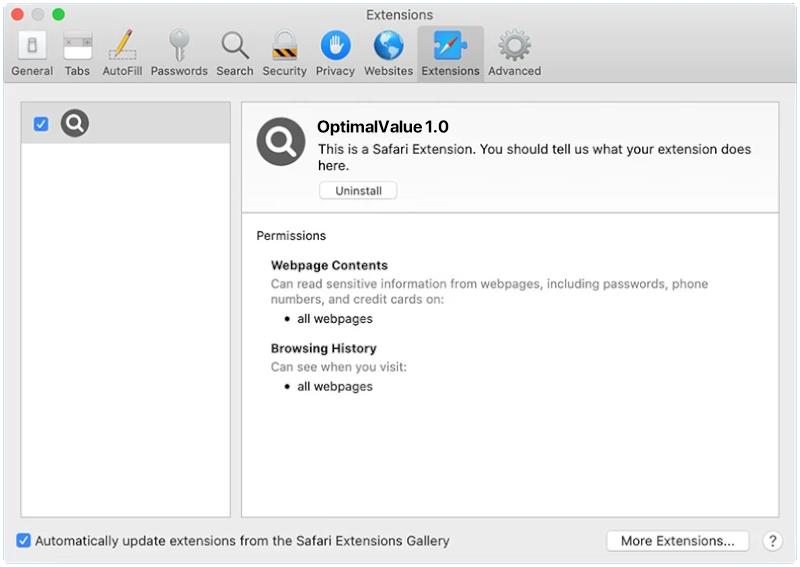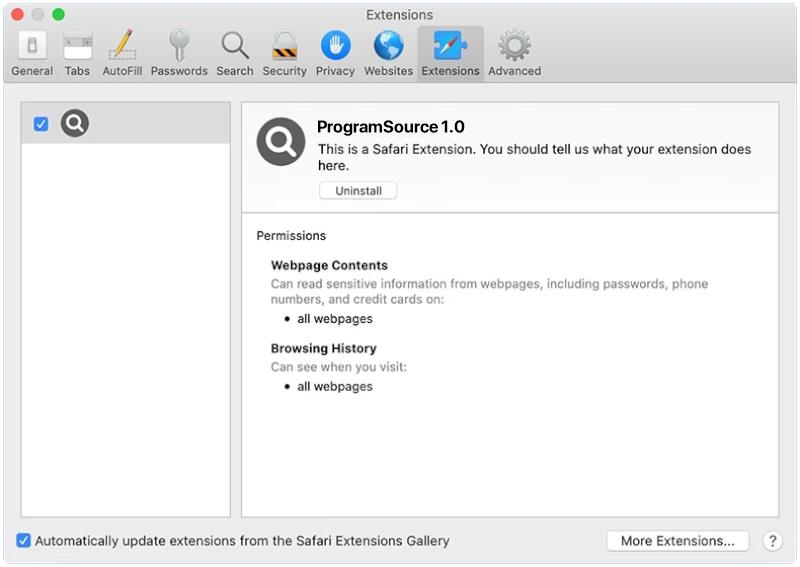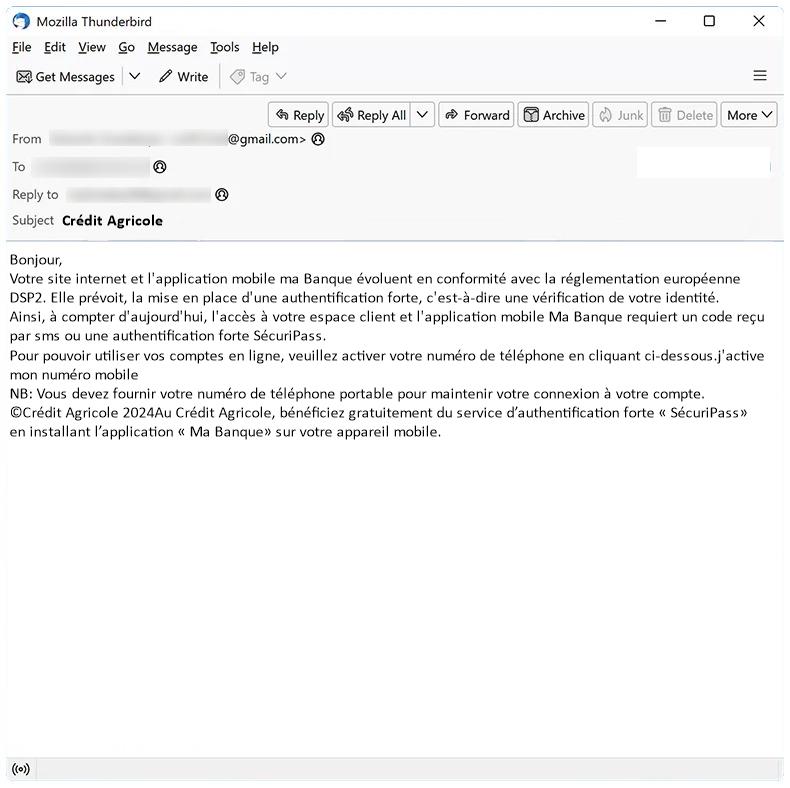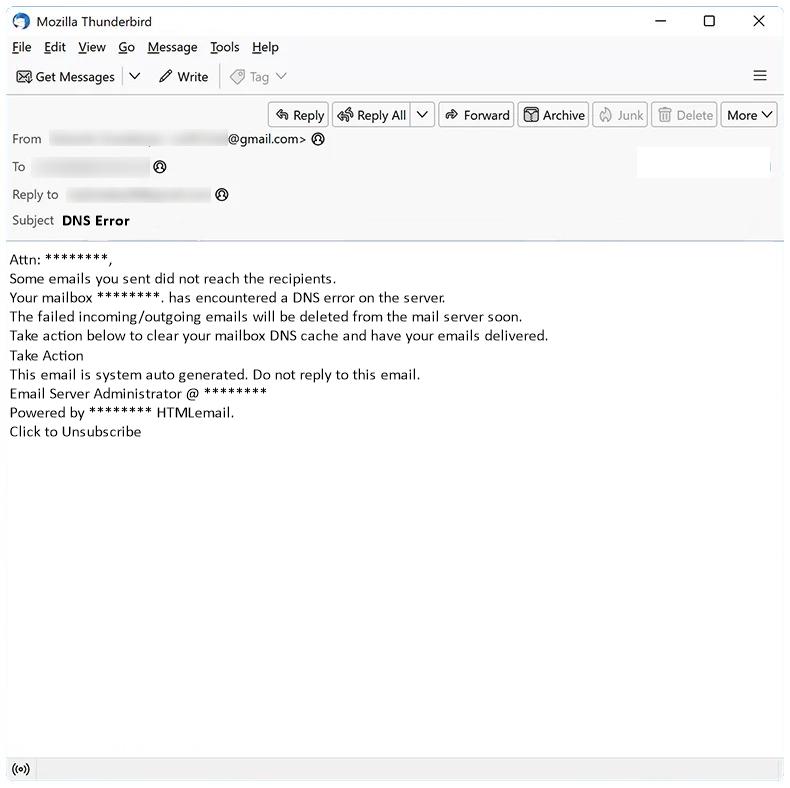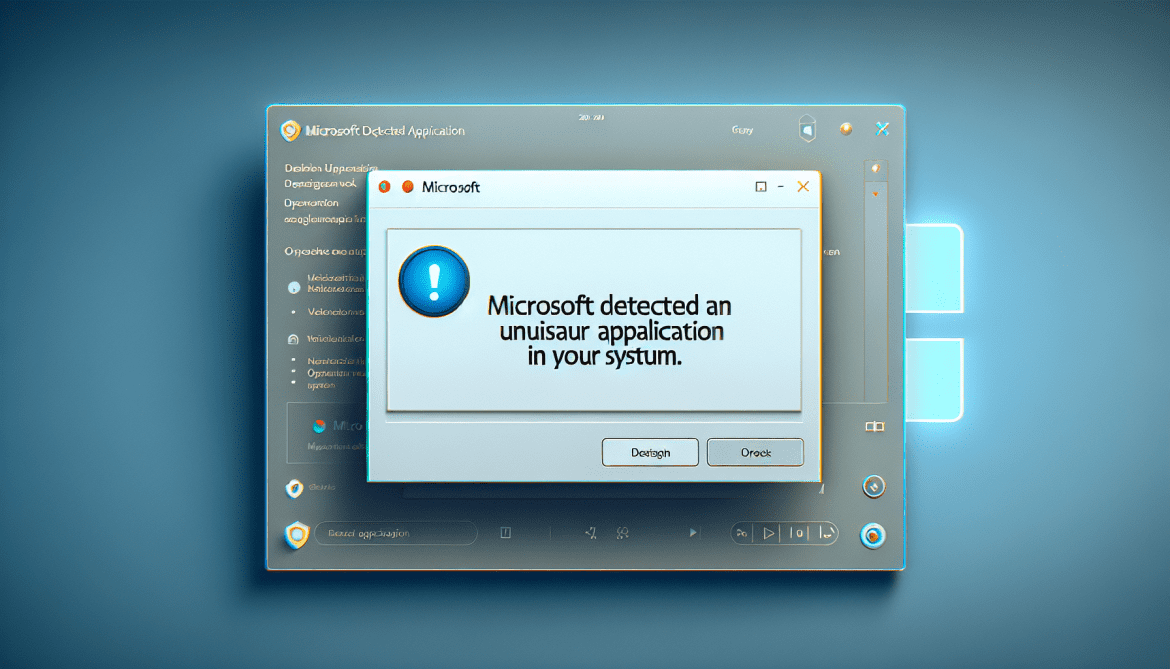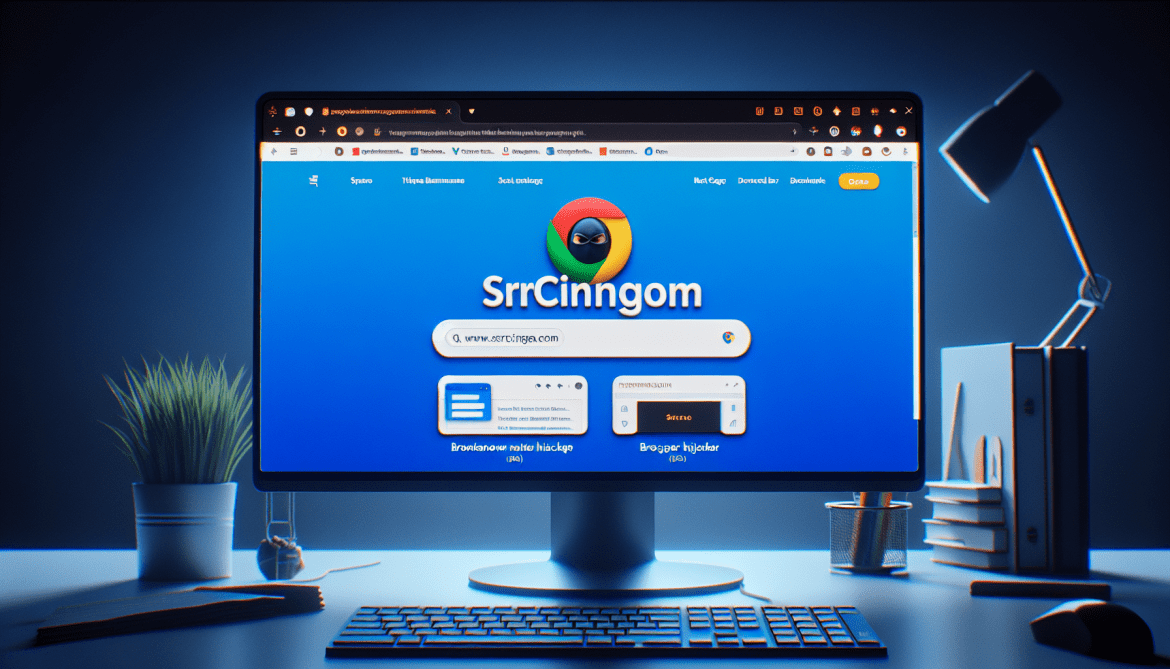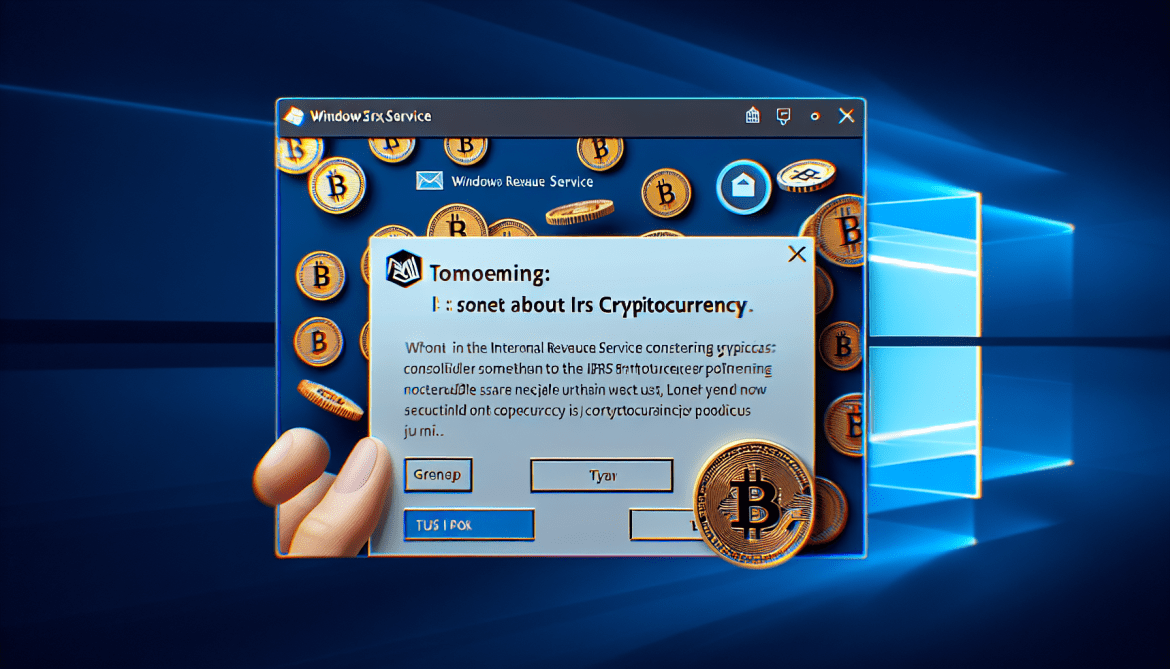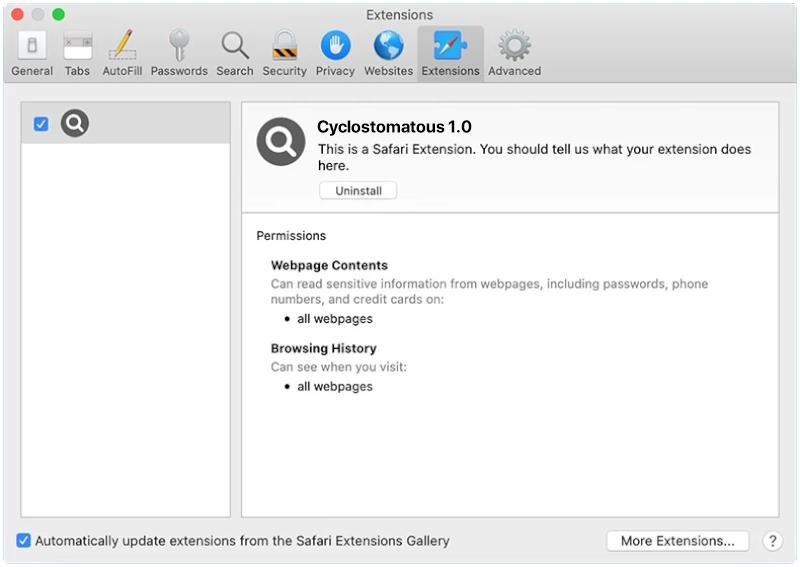Gaming-news-tab.com is a type of adware that infiltrates computers and browsers in order to display unwanted advertisements to users. This adware typically enters a system through bundled software downloads, malicious websites, or spam email attachments. Once installed, Gaming-news-tab.com can change browser settings, redirect users to unfamiliar websites, and flood the screen with pop-up ads.
Gaming-news-tab.com adware can also track users’ browsing habits and collect personal information, such as IP addresses, search queries, and websites visited. This data is then used to create targeted advertisements that are more likely to attract users’ attention. Additionally, Gaming-news-tab.com adware can slow down a computer’s performance and compromise its security by exposing it to other malware threats.


